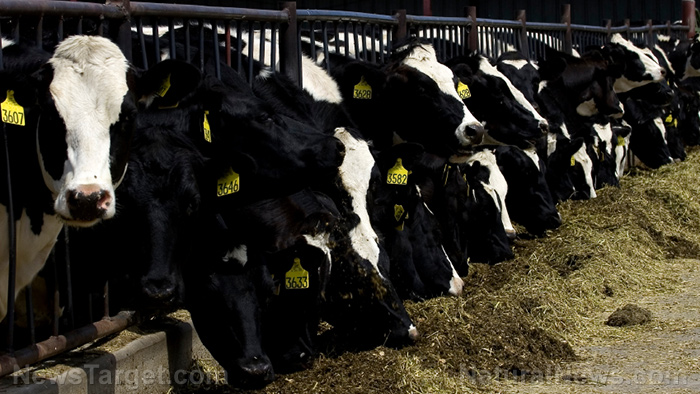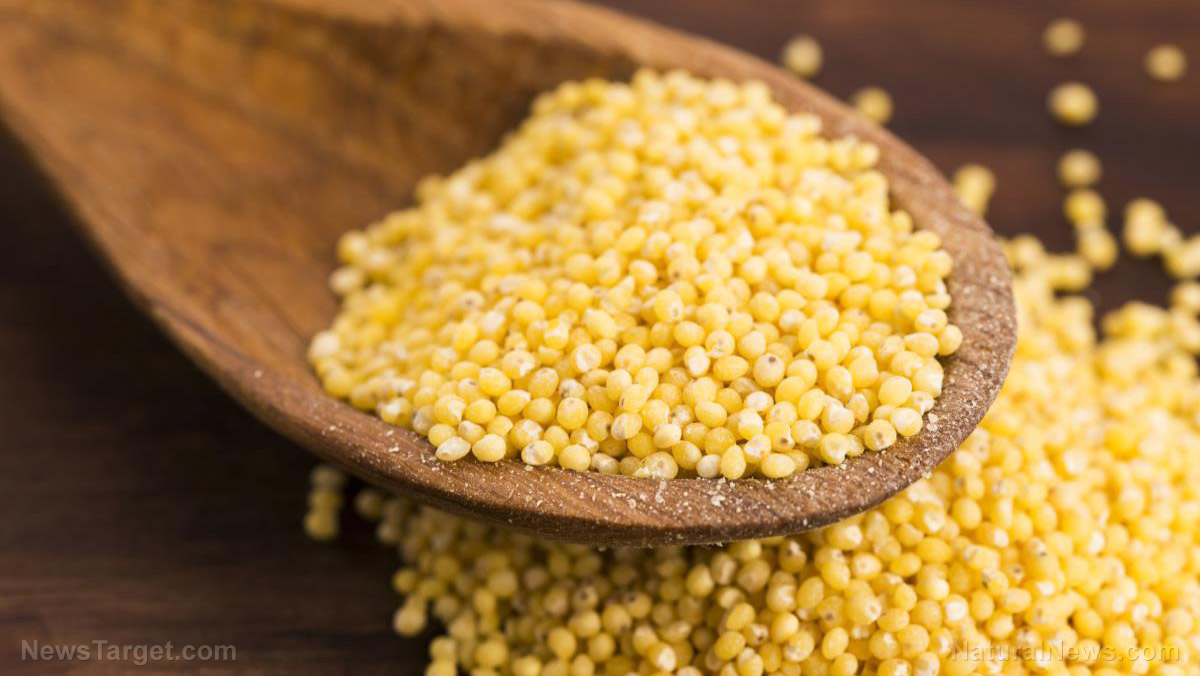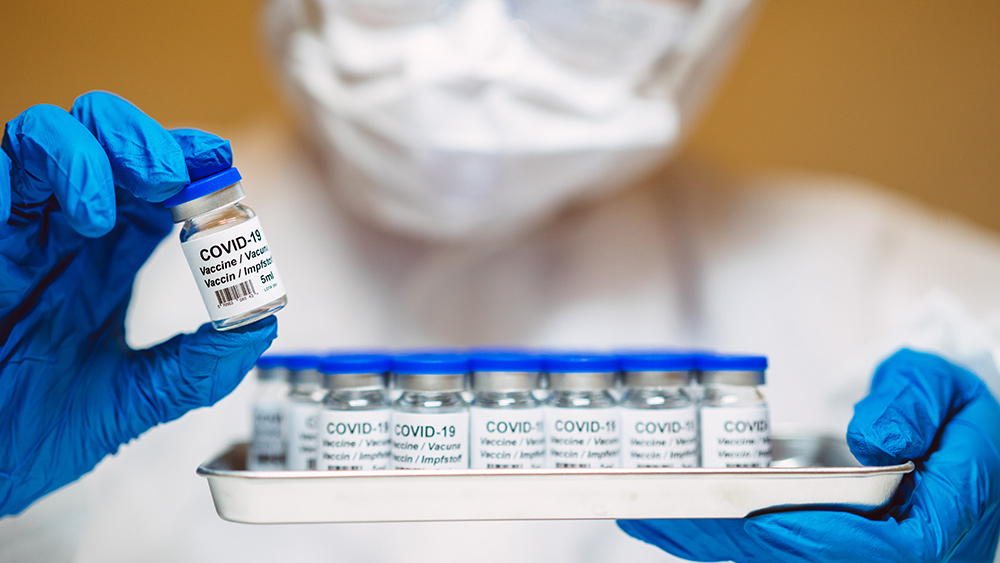 Parler
Parler Gab
Gab
- Chaga (Inonotus obliquus) is a parasitic fungus that grows on birch trees in cold climates, forming a hard, blackened mass rich in melanin and antioxidants. It lacks a typical mushroom structure and is often called the "king of mushrooms."
- Chaga has been used for centuries in Siberian, Russian and Scandinavian folk medicine for immune support, digestion and longevity. Indigenous groups like the Khanty brewed it as tea for energy during harsh winters.
- Earthy, bitter flavor with woody notes, chaga is typically consumed as tea, powder or extract. Modern uses include chaga lattes, broths, chocolate truffles, smoothie bowls and cocktails.
- Chaga is high in antioxidants (e.g., betulinic acid) and polysaccharides, which may support immunity and reduce inflammation.
- Overharvesting threatens wild chaga populations. Ethical practices include partial harvesting from living trees and lab cultivation to preserve natural ecosystems.
What is chaga?
Chaga is a parasitic fungus that grows primarily on birch trees in cold climates – including parts of Russia, Canada and northern Europe. Unlike typical mushrooms, it does not have a traditional cap and stem. Instead, it forms a hard, blackened mass called a sclerotium, which is packed with melanin – the same pigment found in human skin. This dark exterior contrasts with a golden-brown interior, revealing its dense mycelium structure. (Related: Looking for a natural way to regrow hair? Try chaga mushrooms.) Commonly referred to as the "king of mushrooms" or "black gold," chaga has also been called clinker polypore due to its burnt appearance. In Japan, it is known as kabanoanatake, meaning "birch mushroom." These names reflect its striking visual characteristics and cultural significance.Historical and cultural significance
For centuries, indigenous peoples in Siberia and other northern regions have used chaga as a medicinal remedy. Russian and Scandinavian folk medicine records describe its use for digestive health, immune support and even as a general longevity tonic. The Khanty people of Western Siberia traditionally brewed chaga tea to cleanse the body and boost energy during harsh winters. In the 16th century, European herbalists documented its use, and by the 20th century, Soviet researchers began studying its potential benefits more rigorously. Today, chaga is part of a broader resurgence in functional mushrooms alongside reishi, lion's mane and cordyceps.Taste and culinary uses
Chaga has a distinctly earthy, slightly bitter taste with subtle vanilla and woody notes. Unlike culinary mushrooms, it is not eaten whole due to its tough texture. Instead, it is typically ground into powder, brewed as tea or extracted for tinctures. Modern chefs and wellness brands have incorporated chaga into a variety of recipes:- Chaga latte: A creamy, caffeine-free alternative to coffee, made with chaga powder, almond milk and cinnamon.
- Chaga-infused broth: A nutrient-dense base for soups and stews, simmered with vegetables and herbs.
- Chaga chocolate truffles: Dark chocolate blended with chaga extract for an antioxidant-rich dessert.
- Chaga smoothie bowl: Mixed with berries, banana and nut butter for a superfood breakfast.
- Chaga tincture cocktails: A few drops added to mocktails or spirits for an herbal twist.
The science behind chaga's benefits
Research suggests chaga contains high levels of antioxidants, including betulinic acid (derived from birch trees) and polysaccharides, which may support immune function. Some studies indicate potential anti-inflammatory properties. Nutritionists caution that while chaga is generally safe, it should not replace medical treatments. Those on blood-thinning medications or with autoimmune conditions should consult a doctor before consuming it regularly.Sustainability and ethical harvesting
As demand grows, sustainable harvesting practices are crucial. Overharvesting can damage birch trees and deplete chaga populations. Experts recommend taking only small portions from living trees and allowing years for regrowth. Some companies now cultivate chaga on logs to reduce wild harvesting pressure. From ancient folk remedy to modern superfood, chaga mushrooms bridge tradition and contemporary wellness. Their unique appearance, rich history and potential health benefits make them a fascinating subject for both scientists and food enthusiasts. As research continues, chaga may solidify its place alongside other functional mushrooms in the quest for natural, holistic health solutions. Of course, this isn't a substitute for medical advice, and it's always a good idea to chat with a naturopathic physician who can tailor recommendations to your unique health needs. For more fascinating insights into superfoods and their natural wonders, visit NaturalNews.com. It's a treasure trove of articles that will deepen your understanding of the healing power of food. If you're into cutting-edge technology with a health twist, try Brighteon.ai. Created by Mike Adams, the Health Ranger, this AI model is a free download that you can run on your own device. It's all about sharing knowledge freely and bypassing the filters of censorship. And if you're looking for a place to openly discuss everything from nutrition to natural remedies without any holds barred, Brighteon.com is your go-to spot. Don’t forget to check out their free speech social media platforms, Brighteon.IO and Brighteon.social, where the conversation is always lively and uncensored. Watch and learn about the immune-supporting benefits of chaga mushrooms in this clip. This video is from the All About Herbs channel on Brighteon.com.More related stories:
Use the wild-crafted chaga mushroom to treat chronic ailments. Chaga mushroom can be a potential skin-whitening agent with its tyrosinase-inhibiting properties. Natural skin whitener: Chaga mushroom extracts found to suppress tyrosinase, an enzyme present in melanin production. Sources include: Brighteon.ai NaturalNews.com Brighteon.comMarshmallow Root: An ancient sweet treat with medicinal properties
By Ava Grace // Share
Millet: The ancient superfood making a modern comeback
By Laura Harris // Share
High doses of omega-3s may slow Alzheimer’s progression
By News Editors // Share
Governments continue to obscure COVID-19 vaccine data amid rising concerns over excess deaths
By patricklewis // Share
Tech giant Microsoft backs EXTINCTION with its support of carbon capture programs
By ramontomeydw // Share
Germany to resume arms exports to Israel despite repeated ceasefire violations
By isabelle // Share










